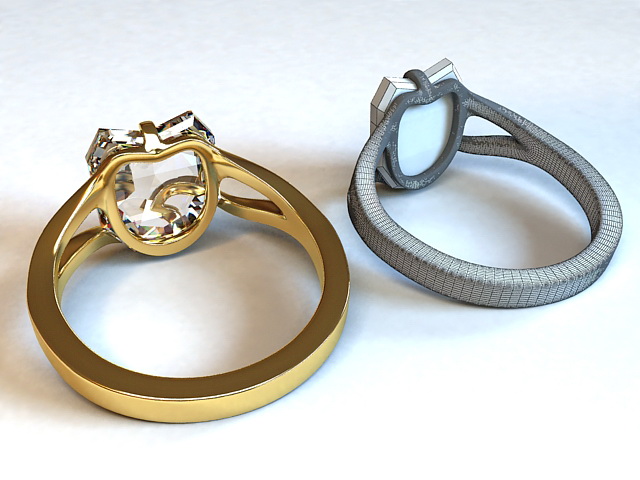

We have recently demonstrated a 90% increase in ultracapacitor performance, made with J-FIL. Finally, the template is removed leaving a patterned resist on the substrate (Fig. The resist material, which is an acrylate-based multi-component formulation, is then crosslinked under UV radiation. The patterned template is then lowered onto the dispensed material on the substrate so that the relief patterns are filled by capillary action. This dispensing technique has been chosen in J-FIL to match the distribution of resist to the pattern density variation in the template, which enables high-throughput patterning of arbitrary structures. In J-FIL, a low-viscosity resist is deposited onto the substrate using an inkjet dispenser. Due to its near molecular level of resolution over large areas and its progress in scalability, Jet and Flash Imprint Lithography (J-FIL) is a viable candidate for manufacturing sub-20 nm patterns in semiconductor devices 20 and for sub-10 nm patterns in hard disks 21.

Imprint lithography has demonstrated large-area patterning at sub-10 nm half-pitch with the capability to pattern typical lithographic structures such as lines, gratings, dot arrays, etc. Other techniques such as extreme ultraviolet (UV) lithography, and multiple e-beam lithography, face fundamental challenges such as lack of light source, line edge roughness, and low throughput 14, 15. Large-area e-beam fabrication using variable shape beam tools, needed for photomasks and imprint templates, are limited to ~18 nm half-pitch lines and spaces 12 and ~20 nm half-pitch hole patterns 13. While the highest-resolution e-beam processes (Gaussian beam tools with non-chemically amplified resists) can achieve <5 nm resolution 11, this is only available at very low throughputs. Directed self-assembly (DSA) is also being explored, however both SADP and DSA are primarily restricted to periodic features 8, 9, 10. Higher-resolution large-area patterns are currently manufactured by complementing photolithography with self-aligned double patterning (SADP) and multiple lithography-etch steps. The state-of-the-art form of optical lithography-193 nm immersion (193i) lithography-has plateaued at a resolution of approximately 38 nm half-pitch for gratings, and ~50 nm half-pitch for more complex structures.

Shaped nanopatterns exhibit novel optical, mechanical, and morphological properties that are exploited in various ways by these emerging fields. New applications in varied fields such as energy storage 1, nanoscale photonics 2, plasmonic nanostructures 3, multi-bit magnetic memory 4, terabit per square inch magnetic recording 5, and bio-nanoparticles 6, 7 require high-throughput patterning with complex shape control at the nanoscale. This framework has been used here to propose process refinements that maximize shape retention, and design template assist features (design for nanoshape retention) to achieve targeted nanoshapes. The atomistic framework is an essential modeling and design tool to extend the capability of imprint lithography to sub-10 nm nanoshapes. An all-atom molecular dynamics model of the nanoshape structure was developed here to study this shape retention phenomenon and accurately predict the polymer relaxation. At these scales a new “shape retention” resolution limit is observed due to polymer relaxation in imprint resists, which cannot be predicted with a linear elastic continuum model. Going beyond the previous work, in this paper we explore the scaling of these nanoshaped structures to 10 nm half-pitch and below. The device significantly exceeded standard nanowire capacitor performance (by 90%) due to relative increase in surface area per unit projected area, enabled by the nanoshape. An exemplary shaped silicon nanowire ultracapacitor device was fabricated with these nanoshaped structures, wherein the half-pitch was 100 nm. Using nanoimprint lithography, we have previously demonstrated the ability to fabricate precise diamond-like nanoshapes with ~3 nm radius corners over large areas. Large-area e-beam processes, needed for photomasks and imprint templates, are limited to ~18 nm half-pitch lines and spaces and ~20 nm half-pitch hole patterns. While the highest-resolution e-beam processes (Gaussian beam tools with non-chemically amplified resists) can achieve <5 nm resolution, this is only available at very low throughputs. This nanoshaped fabrication at high throughput is well beyond the capabilities of advanced optical lithography. Complex nanoshaped structures (nanoshape structures here are defined as shapes enabled by sharp corners with radius of curvature <5 nm) have been shown to enable emerging nanoscale applications in energy, electronics, optics, and medicine.


 0 kommentar(er)
0 kommentar(er)
